Summary: Personal aesthetic identity is curated through visuals that feel gothic yet modern.
You’re not just scrolling. You’re searching for something that speaks to you. A feeling, a time, a reflection of self. And then you see it: an image you weren’t looking for but instantly connect with. It draws you in, and you can’t help but eat up the eye candy. If luck is on your side, you click through to the account that the image was shared on and find a whole buffet of visuals that you can’t look away from.
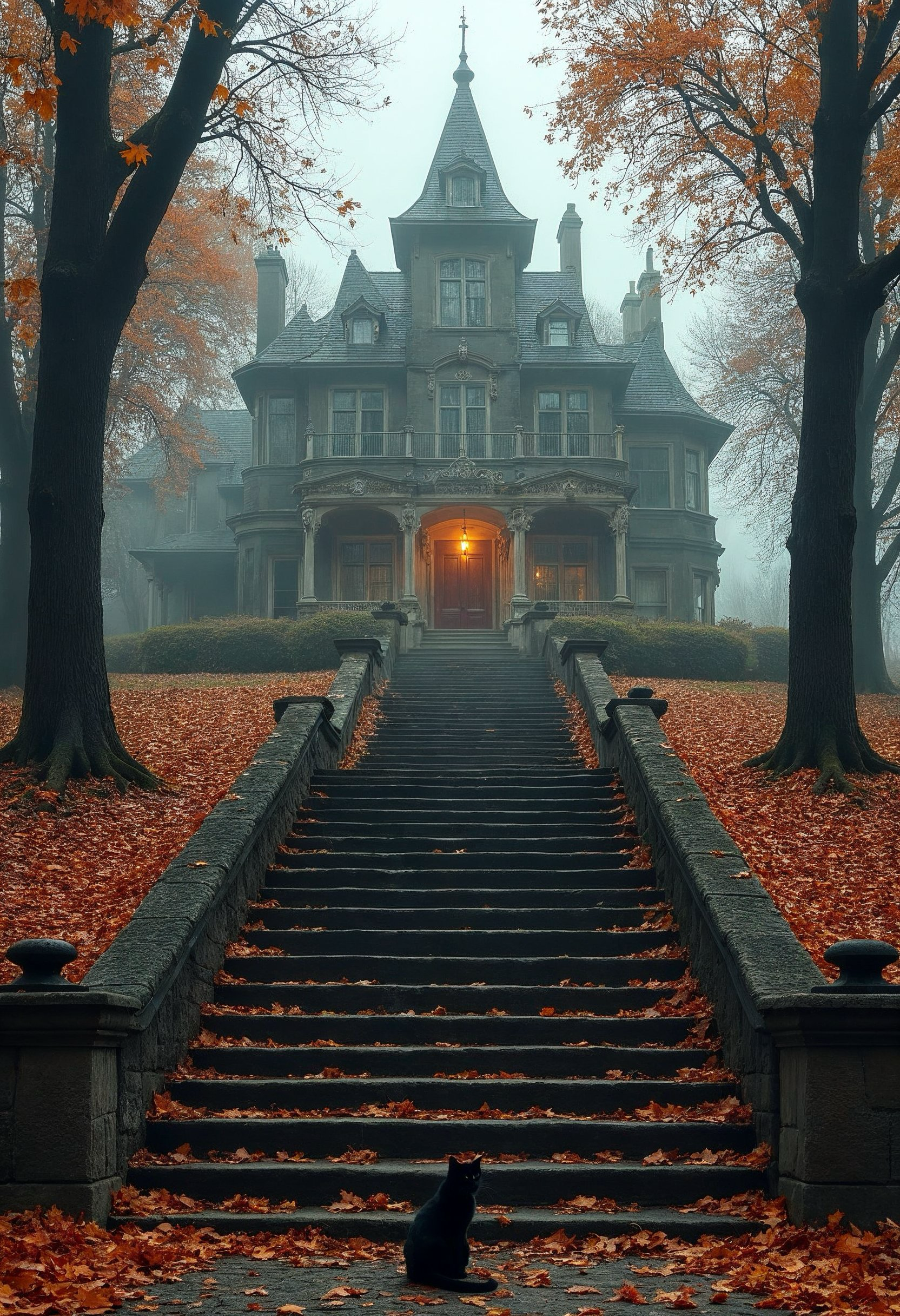
Unlike traditional identity markers such as nationality, class, or profession, social media has created an opportunity to explore aesthetic markers that extend beyond ourselves. Instagram, and platforms like it, have turned identity into a gallery. In this gallery, every square is a chance to tell a story, and for some, who curate their feed as a whole, each square adds to the visual story being told. Every visual reference—whether with curated flatlays, century-old graveyards, candlelit rooms, or foggy hillsides— can become a form of self-expression that signals who you are, or at least who you want to be seen as, or a story you’re compelled to tell. And for a large subset of users, these visuals are profoundly gothic.
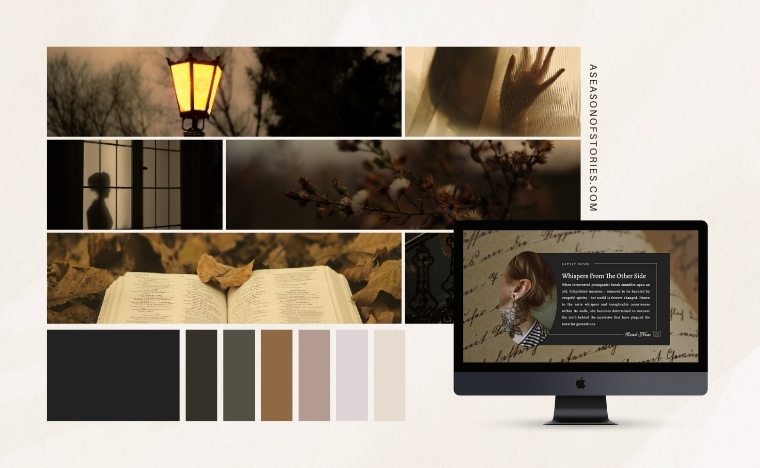
Where earlier generations might have expressed their identity through fashion or music taste alone, the modern digital user also does so visually, thematically, and even narratively. Mood boards, once the tool of interior designers and branding agencies, are now a personal language. They are not just about what you like—they are about what you feel like. And for millions, that means building an identity around symbols and visual tropes that deeply resonate with a niche they care about.
Mood as Selfhood
For many, the gothic mood board doesn’t merely express a love of old things or spooky vibes. It speaks of a deeper alignment with days gone by (often romanticized through visuals, literature, and pop culture), with escapism when sorrow knocks on the door, and with mysteries that keep our minds busy. Some choose to align themselves with visual metaphors of dark romantic moments in time because they express something challenging to articulate in direct terms. Actual creators and curators of this niche are not just posting an image of a graveyard because they think it’s cool. They are saying: This feels like me.
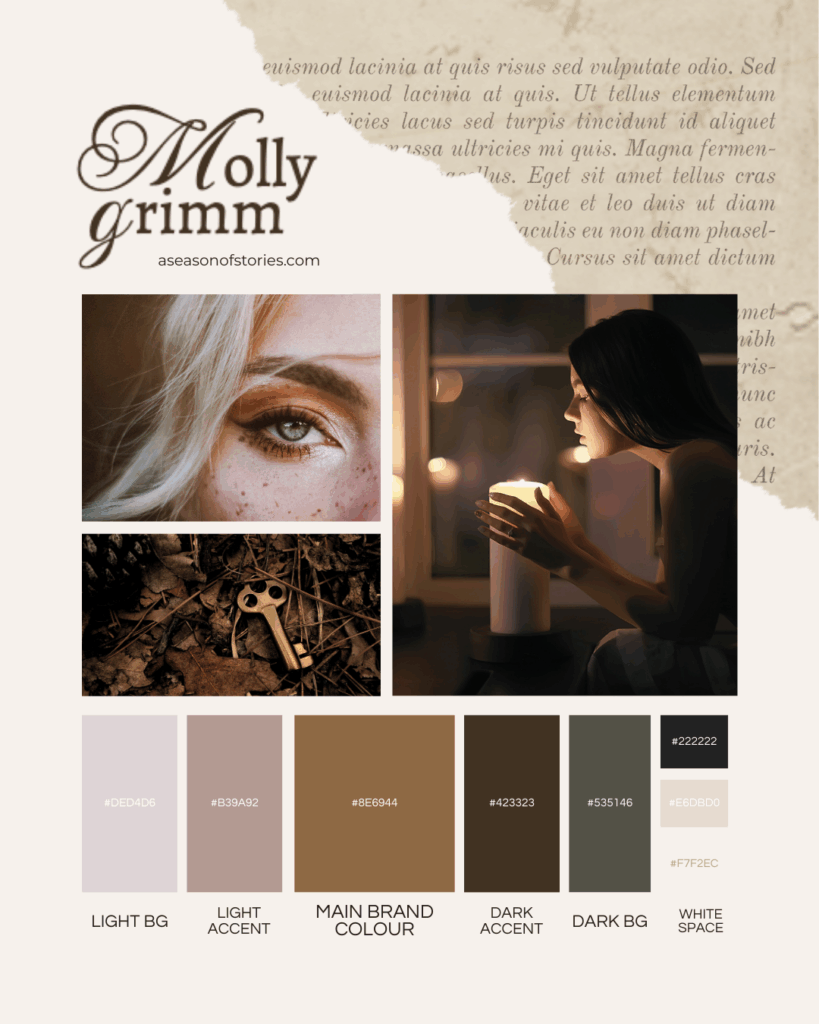
Instagram and Pinterest have normalized this kind of visual curation. It’s now commonplace for users to create entire feeds based around themes like “gothic academia,” “haunted femininity,” or “ghostcore.” These names might seem whimsical, but they reveal an earnest desire to organize feeling into visual coherence. When someone arranges images of 18th-century mansions, antique crucifixes, and candlelit mirrors alongside diary entries or poetry about alienation, they’re not simply curating beauty—they’re performing ontology. They’re creating an archive of some aspect of themselves.
When jobs are precarious, communities are digital, and identities are fluid, the mood board (particularly when shared through a social platform) becomes a form of self-expression while we navigate an era of fragmentation.
The Gothic Feed as Stylized Haunting
Unlike the loud polish of influencer minimalism, gothic feeds trade in subtlety: candlelight, falling leaves, long shadows, velvet textures, and the soft glow of something just slightly out of time. This isn’t chaos or clutter—it’s a controlled aesthetic. The visuals are elegant, spooky, and often whimsical. A pumpkin on a windowsill, a handwritten spell, a black cat in morning light—each image is part of a language of softness cloaked in shadow.
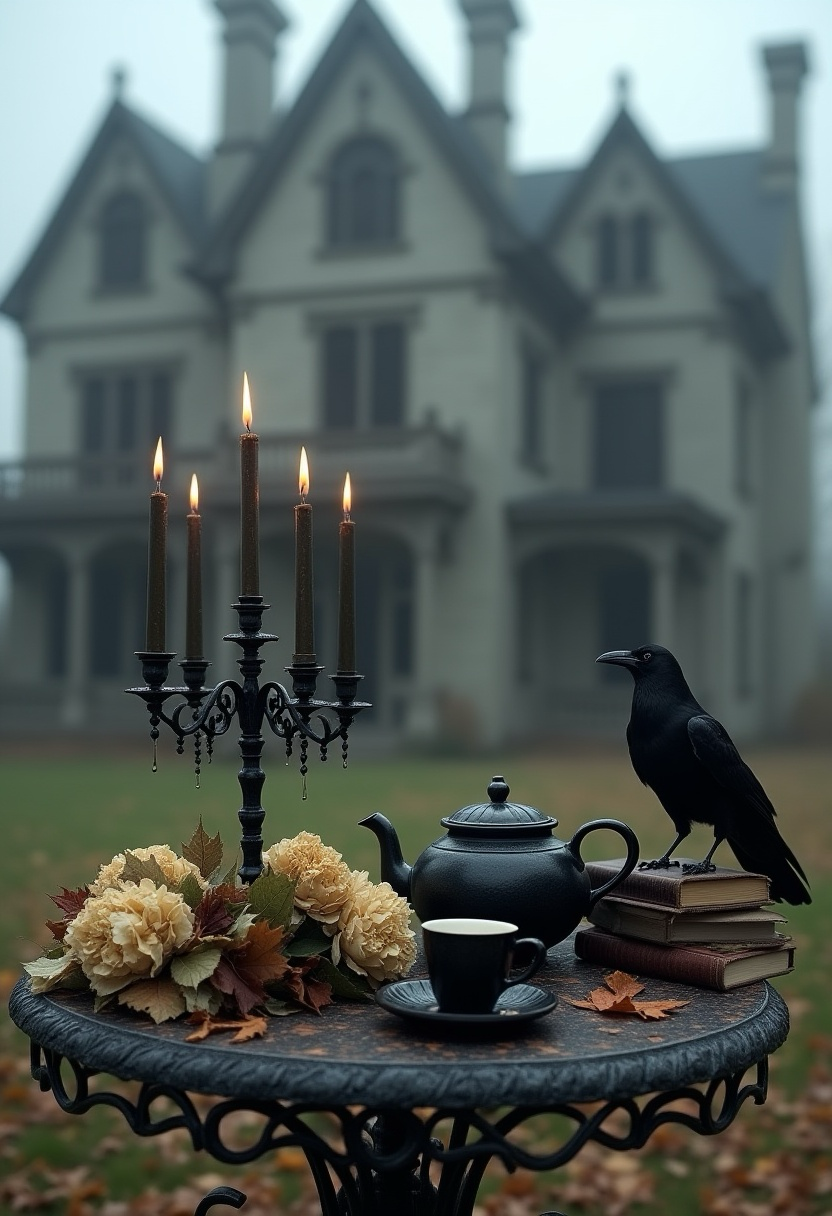
Even if the content is stylized, users create these feeds not just to be seen, but to feel seen—to share an inner season that doesn’t fit with glossy, hyperproductive digital culture. Gothic aesthetics online aren’t just beautiful; they’re an act of quiet self-definition through digital collage.
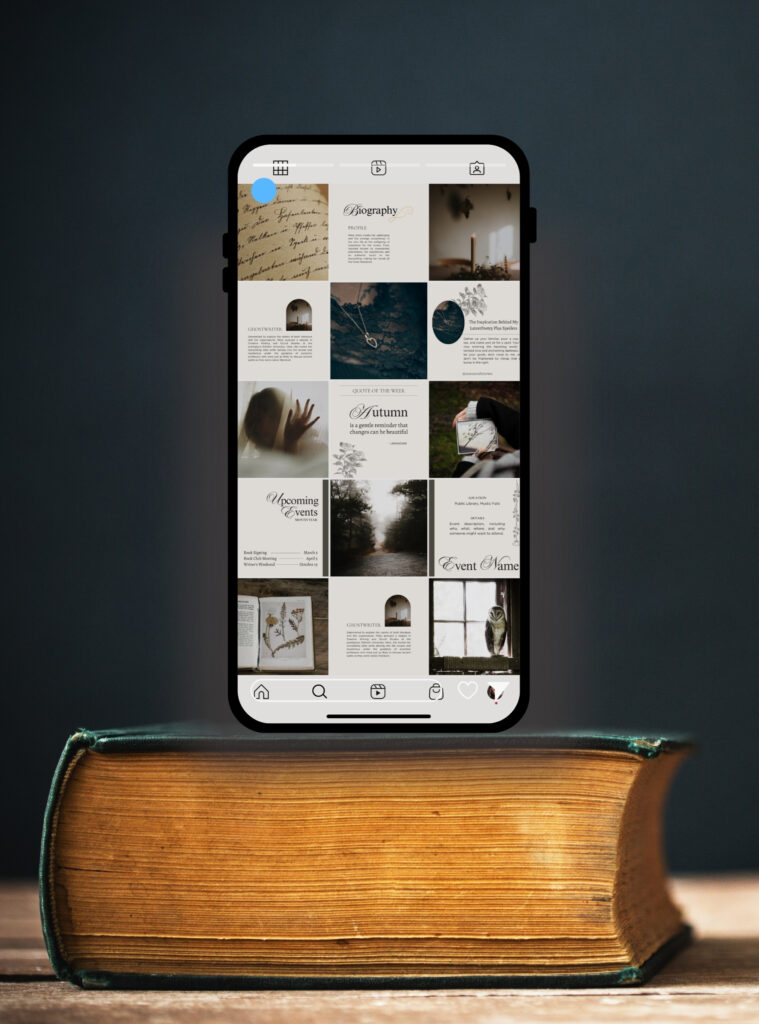
Explore some of my favourite haunted feeds on instagram by having a look at who I’m following on IG. While I don’t use the platform as a curator/creator (aside from the occasional posting), the platform is one of my favourite haunts for inspiration, community, and keeping up with creepy creators. If you love illustration as much as I do, a few accounts I recommend checking out first include Olivia Faust, El Gato Gomez, and Defective Pudding.
See you there!

Turn Inspiration Into a Living Website
If this post has you dreaming of lantern light, vintage books, and foggy windows, you’ll love the Dark Academia Showit Template. It’s designed to make your site look hauntingly beautiful and work beautifully too.
